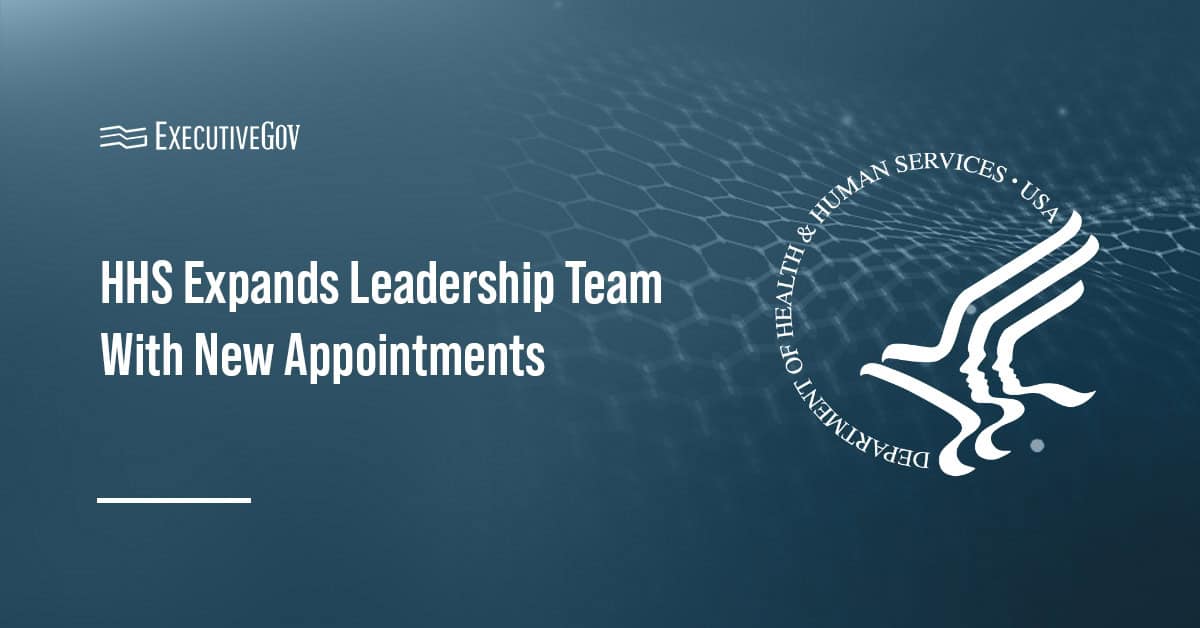
Matt Pottinger, senior director for Asian Affairs at the National Security Council, has been named the country’s next deputy national security adviser, The Hill reported Sunday. In his current capacity, Pottinger serves as President Trump’s senior adviser on Asia, having contributed to summit engagements with North Korea.
Robert O’Brien, Trump’s appointed national security adviser, verified Pottinger’s naming at a trip aboard Air Force One. The president announced his selection of O’Brien last Wednesday.
Pottinger served in the U.S. Marine Corps for five years through 2010, with assignments in Afghanistan and Iraq. He also worked as a reporter at Wall Street Journal prior to entering public service.





